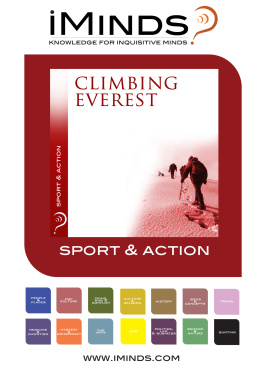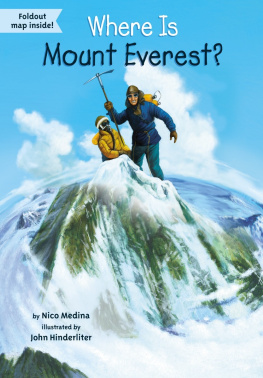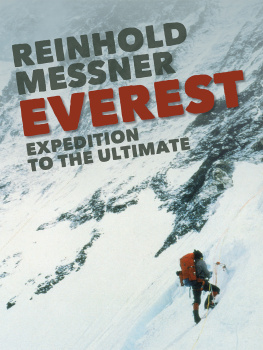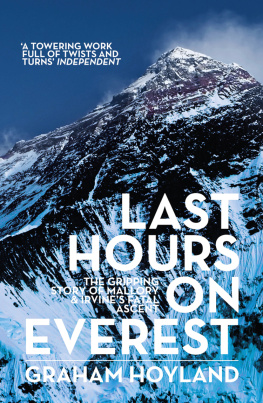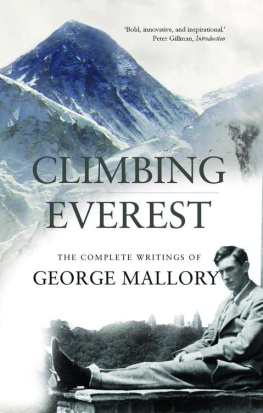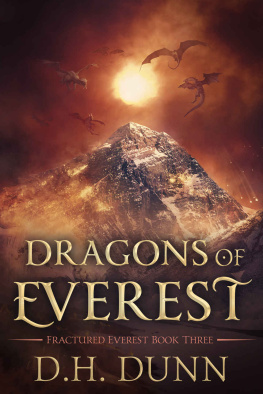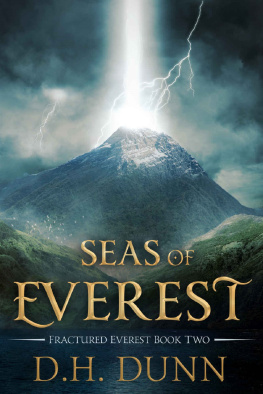Jim Davidson - The Next Everest
Here you can read online Jim Davidson - The Next Everest full text of the book (entire story) in english for free. Download pdf and epub, get meaning, cover and reviews about this ebook. publisher: St. Martins Publishing Group, genre: Non-fiction. Description of the work, (preface) as well as reviews are available. Best literature library LitArk.com created for fans of good reading and offers a wide selection of genres:
Romance novel
Science fiction
Adventure
Detective
Science
History
Home and family
Prose
Art
Politics
Computer
Non-fiction
Religion
Business
Children
Humor
Choose a favorite category and find really read worthwhile books. Enjoy immersion in the world of imagination, feel the emotions of the characters or learn something new for yourself, make an fascinating discovery.

- Book:The Next Everest
- Author:
- Publisher:St. Martins Publishing Group
- Genre:
- Rating:4 / 5
- Favourites:Add to favourites
- Your mark:
- 80
- 1
- 2
- 3
- 4
- 5
The Next Everest: summary, description and annotation
We offer to read an annotation, description, summary or preface (depends on what the author of the book "The Next Everest" wrote himself). If you haven't found the necessary information about the book — write in the comments, we will try to find it.
The Next Everest — read online for free the complete book (whole text) full work
Below is the text of the book, divided by pages. System saving the place of the last page read, allows you to conveniently read the book "The Next Everest" online for free, without having to search again every time where you left off. Put a bookmark, and you can go to the page where you finished reading at any time.
Font size:
Interval:
Bookmark:
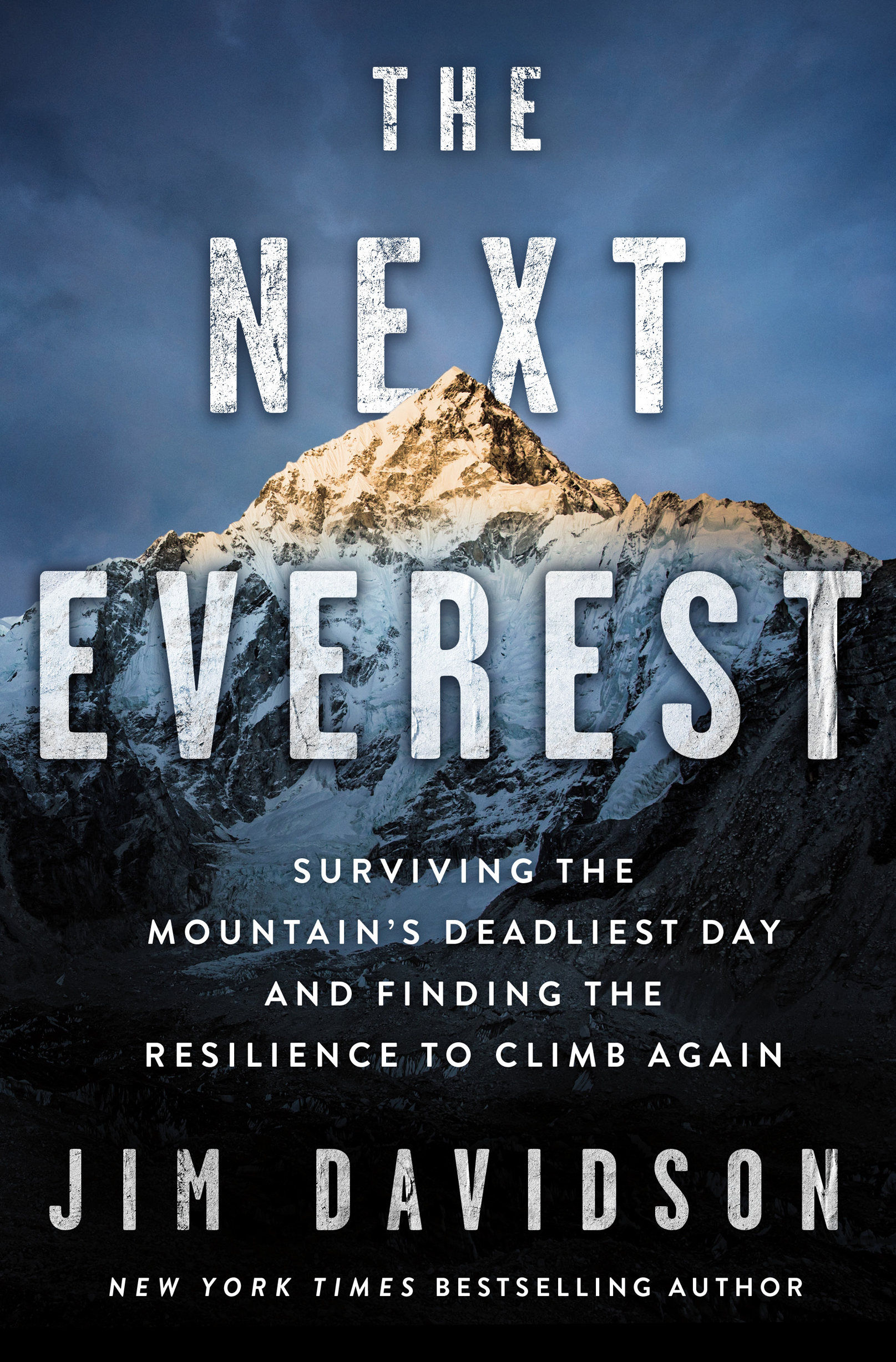
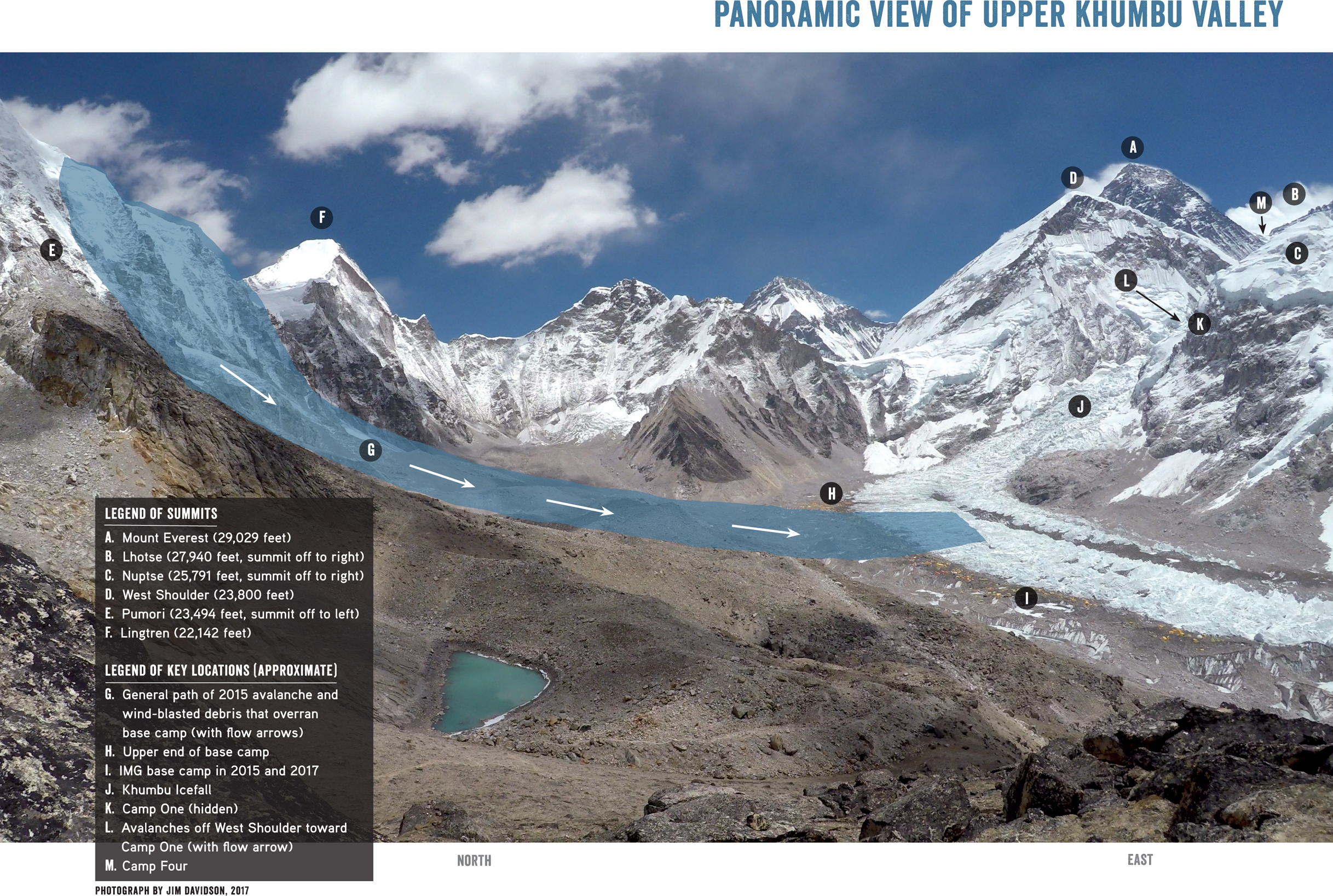
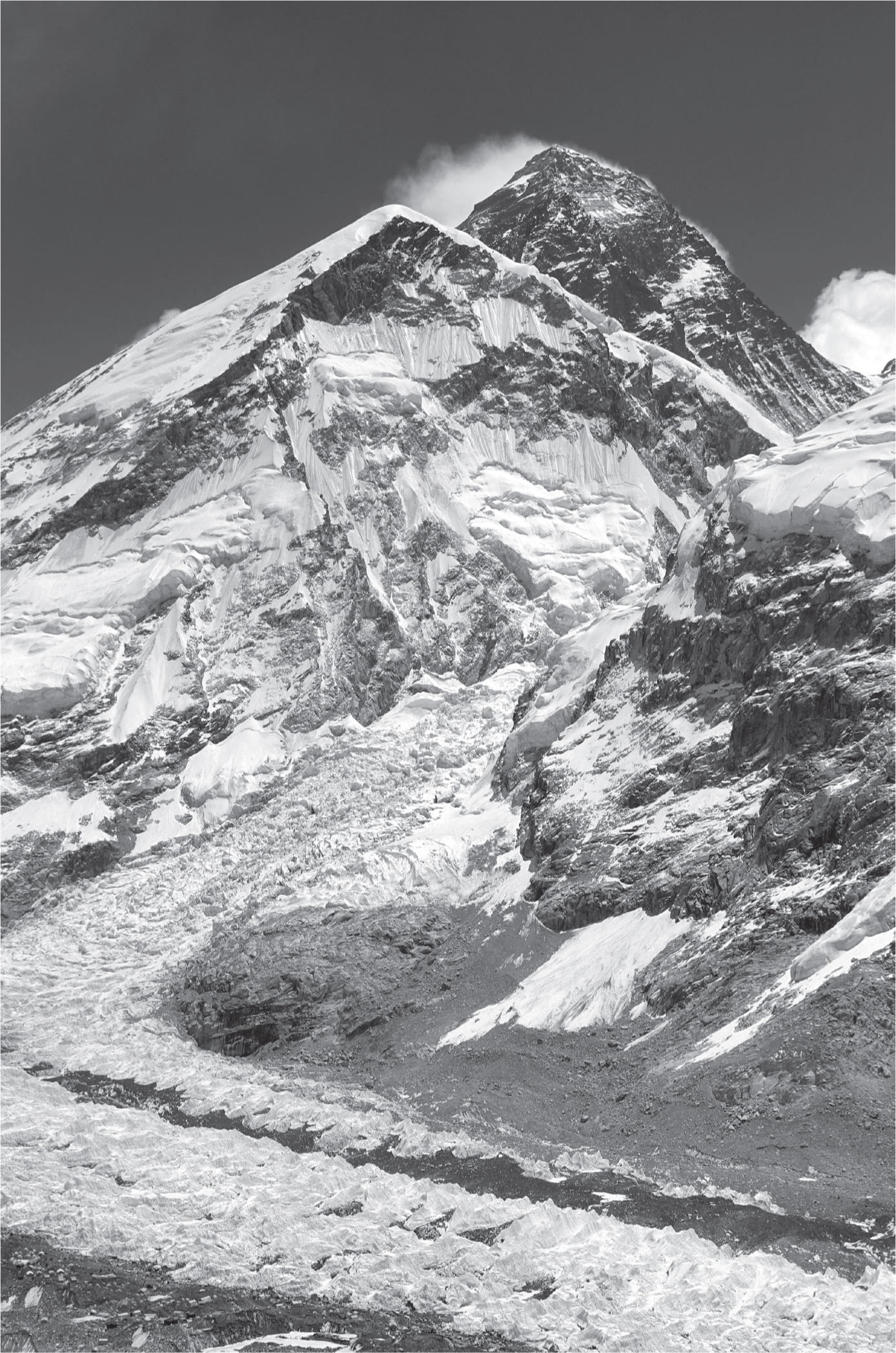

The author and publisher have provided this ebook to you for your personal use only. You may not make this ebook publicly available in any way. Copyright infringement is against the law. If you believe the copy of this ebook you are reading infringes on the authors copyright, please notify the publisher at:
us.macmillanusa.com/piracy.
To my parents, Jean and Joe,
for leading me along lifes initial trails.
And to my wife, Gloria,
for climbing with me on lifes biggest mountains.
We climbed the deadliest section of Everest at night. The jumbled icefall we struggled through rose more than two thousand vertical feet in a mile as we ascended from base camp to Camp One. PK SherpaPasang Kami Sherpa lived in the village of Phortse, and everyone called him PKand I threaded our way among thousands of leaning ice pillars as they crept downhill in an endless stream, tumbling and shattering as they went.
Darkness made it harder for us to pick our way through the shifting ice maze. But the deep nighttime cold slowed the Khumbu Glaciers movement, which reduced the chances of frozen walls collapsing on us or avalanches burying us. At least, so we hoped.
I tried to hurry through the Khumbu Icefall but could only lumber uphill like a tired old yak. Whenever I stopped, my achy thigh muscles regained some strength, but after just a few more steps, my pace decreased once again. Even though I was in the best climbing shape of my life, my oxygen-starved legs just couldnt move any faster in the low-density air at nineteen thousand feet.
It was my first day climbing Mount Everest, and already the chaotic landscape and self-doubt had me awash in uncertainty. With a few hours left until we reached Camp One, we pushed deeper into the icefall.
Light from our headlamps bounced off the gleaming ice walls. Dancing shadows sometimes made the glacial blocks look like they were moving. About half of the other fifteen climbers and fifteen Nepali guides, known as sherpas, on our team climbed above us in the tangled icefall; the rest followed behind. A guide moved along with each team member. Most of the climbing sherpas we hired were of actual Sherpa ancestry, but a few came from other ethnic groups, like Bhote. Including our two senior American guides, thirty-two of us ascended the dark icefall, along with people from other teams. Every few minutes, the jittery sweep of someones headlamp marked the way ahead.
Even though the night hid some of the danger, ominous evidence of glacial cracks surrounded us. My headlamp beam illuminated a slight sag in the snow that hinted at a crevasse lurking underneath. In many places snow bridges had crumbled into obvious open holes. We passed a few yawning gaps that went as deep as 120 feet into the glacier.
Twenty-three years earlier, when I was descending a glacier on Mount Rainier, in Washington State, a glacial snow bridge had collapsed beneath my feet. I got dropped deep inside an enormous crevasse. Now every glacial crack I stepped over, and every giant chasm we skirted, reminded me of what had happened back then. And what could happen now.
Dawns arrival converted the black-and-white world around us to color. First the Khumbu Glacier turned purple. Growing daylight shifted the dark clouds toward lighter shades of gray and revealed frosty blue tints inside the glacial ice. When I could make out the dark-red portions of PKs pack, I shut off my headlamp. We kept following the thin climbing rope, which was anchored in place. This fixed line marked the path through the frozen labyrinth and served as a safety rope to clip our climbing harnesses into.
The route angled leftward, close to Everests west shoulder. PK started climbing faster, rushing when he clipped his harness into and out of the lines. After stepping across one open crevasse, he grabbed the fixed nylon rope, scrambled twenty feet up an ice ramp, and disappeared over the top. Instead of his usual momentary stop to make sure I was moving well, he didnt even look back. I chased after him, my chest aching from sucking in the sparse air. Every breath contained less than half the oxygen it would have at sea level. I found PK two minutes later, waiting for me at an anchor point along the ropes. As soon as I arrived, he said, Hurry. Very bad place.
Still breathless, I couldnt answer. Instead I nodded and pointed a gloved finger forward. PK took off even faster than before. I thought, We must be close to last years accident site.
One year and one week ago, on the morning of April 18, 2014, sixteen Nepali mountain workers died in this part of the icefall. A glacial block the size of a ten-story building sheared away from an ice ramp hanging a thousand feet above their heads. As the frozen bomb plummeted toward them, it shattered into a barrage of rock-hard shrapnel. All that ice debris collapsed into the icefall and buried the men.
A National Geographic cartographer later compared before-and-after satellite photos of the area. He determined that as much as 31 million pounds of frozen debris had fallen on them. Two days of risky search-and-rescue efforts recovered thirteen bodies but could not find the others: Three men remained entombed in the ice somewhere beneath our feet.
I glanced above my left shoulder and saw the white underbellies of several ice fields looming a hundred stories above us. One of them was the culprit.
Thinking of those lost and their families, I wanted to pause and pay some brief respects. But stopping for even a second might give gravity an opening to drop an ice building on us. I hurried after PK as best I could, my pulse pounding in my temples.
Gauzy clouds parted enough to reveal the 25,000-foot-tall ridge ahead. That long rock wall had kept us in the freezing shade since sunrise. But with the sun now above the ridge crest and the clouds thinning, the morning sunlight cut through. With every passing minute, warm energy loosened up the ice fields hanging over our heads and seeped into the glacier flowing beneath our feet. I needed to move faster.
I traversed a snowy shelf by placing my feet into the bootprints of previous climbers. The metal spikes of my crampons squeaked as they bit into the firm snow. I pushed the snap-link carabiner of my safety leash along the fixed lines as I climbed. Those community ropes and anchors had been placed earlier in the month by a brave and dedicated sherpa team known as the Icefall Doctors. As I stepped across an open crevasse, the inky abyss underneath my feet plunged far inside the glacier. We clambered among the glacial blocks like ants crawling through a loose pile of ice cubes.
After following the fixed line into a narrow alleyway, I emerged at an alcove ringed on three sides by vertical ice faces. The smooth walls and angular shape of the nook struck me as odd. While earning my geology degrees, I had studied glaciology. When I examined the icy alcove closer, its floor seemed unusually flat, and a thick layer of ice shards covered the ground. I pushed my boot into the loose debris, and the sharp-edged remnants moved freelythey hadnt frozen together yet. All this had just formed. We were standing in a spot that had recently caved in.
Font size:
Interval:
Bookmark:
Similar books «The Next Everest»
Look at similar books to The Next Everest. We have selected literature similar in name and meaning in the hope of providing readers with more options to find new, interesting, not yet read works.
Discussion, reviews of the book The Next Everest and just readers' own opinions. Leave your comments, write what you think about the work, its meaning or the main characters. Specify what exactly you liked and what you didn't like, and why you think so.




